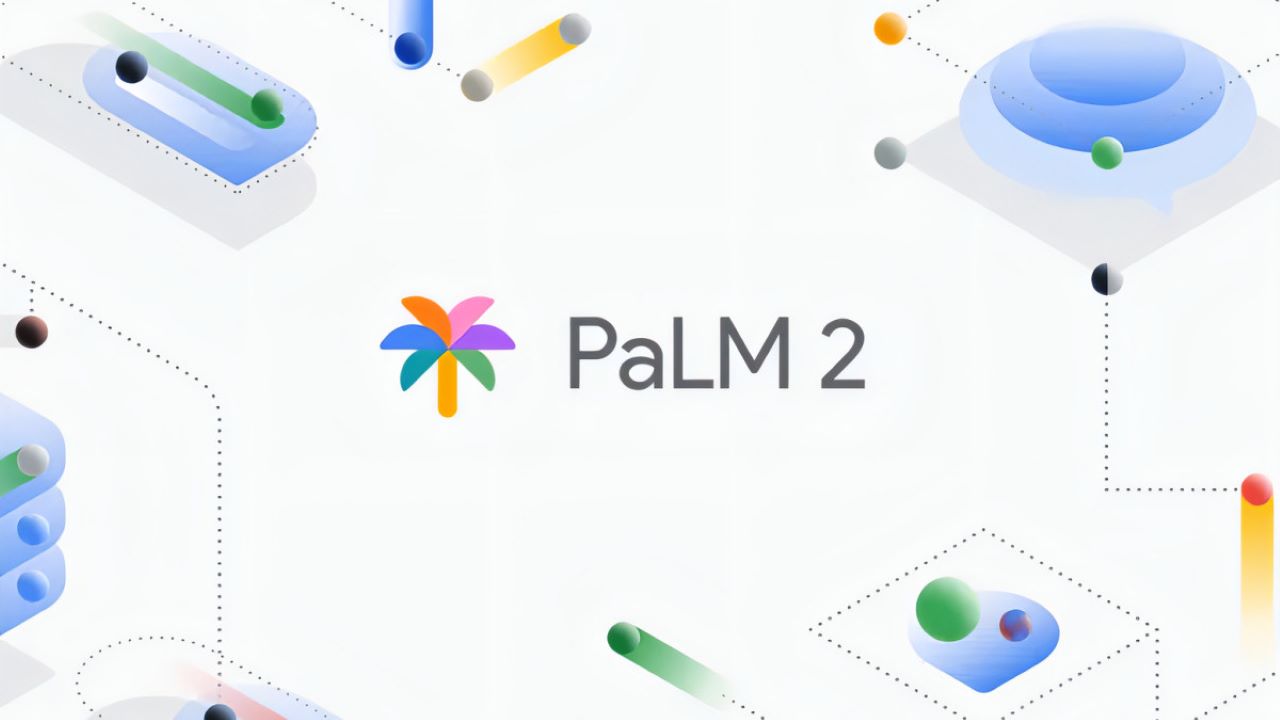The Next Big Thing in AI is Here
ℹ️: Pathways Language Model (PaLM): Scaling to 540 Billion Parameters for Breakthrough Performance
Pushing Computational Boundaries with PaLM
How would you react if we told you that we’re on the brink of an AI revolution? Google Research’s Pathways Language Model (PaLM) is not just redefining the boundaries of AI—it’s smashing them. A giant in the AI field, PaLM is a language model with an astounding 540 billion parameters. It’s the first large-scale implementation of the Pathways system, flexing its computational muscle by coordinating tasks across thousands of accelerator chips.
As the scale of the model increases, the performance improves across tasks while also unlocking new capabilities.
With PaLM, size truly does matter. It’s not just its physical scale, but its vast data pool. PaLM learns from a cornucopia of sources, from web documents and books to conversations and GitHub code.
Mastering the Human Language… and More
PaLM has displayed astounding capabilities in language understanding and generation tasks. It’s left its predecessors behind on a host of English natural language processing (NLP) tasks, making significant strides in areas like question-answering, sentence completion, and common-sense reasoning.
Its language skills aren’t limited to English. Despite only 22% of its training dataset being non-English, PaLM has shown strong performance on multilingual NLP benchmarks, including translation.

PaLM’s 540 billion parameters have allowed it to significantly outperform previous state-of-the-art (SOTA) results. This is evident across 29 English-based Natural Language Processing (NLP) tasks, demonstrating its advanced capabilities and marking a new milestone in AI performance.
A New Era of AI Reasoning
PaLM is taking AI reasoning to uncharted territories, breaking down complex multi-step problems into smaller, manageable chunks, much like a human would. This approach has led to remarkable results on arithmetic and common-sense reasoning tasks. In fact, PaLM has outdone previous top scores on the GSM8K benchmark, a set of challenging grade-school level math questions.
Moreover, PaLM doesn’t just solve problems; it also provides detailed explanations, demonstrating its deep language understanding and logical inference skills.

Consider the difference between traditional prompting and the chain-of-thought prompting method when it comes to a typical grade-school math problem. Chain-of-thought prompting breaks down a multi-step reasoning problem into smaller, manageable steps, quite like how an individual would tackle it. These steps, indicated in yellow, simplify the problem, making it more approachable.
The Coding Whizz
PaLM’s triumphs extend beyond language and reasoning. It’s a coding ace. Even with just 5% code in the pre-training dataset, PaLM’s few-shot performance matches models fine-tuned with 50 times more Python code.
When fine-tuned on a Python-only code dataset, PaLM leaps even further ahead. It boasts a remarkable 82.1% compile rate on the DeepFix task, a coding repair task that involves modifying faulty C programs until they compile successfully.
The Future is Here
In the SAGA of AI, PaLM is more than just a chapter; it’s a groundbreaking event. As we look ahead, we envision a future teeming with increasingly powerful and adept AI models, inching us closer to the Pathways vision. We’re not merely spectators of the future of AI, we’re part of it, and it’s nothing short of thrilling.
And here’s something exciting: We’re eagerly waiting to take PaLM for a spin. We’re itching to show you what this giant can do, and we’re already preparing a host of tutorials and live examples. So, keep your eyes peeled for more!
